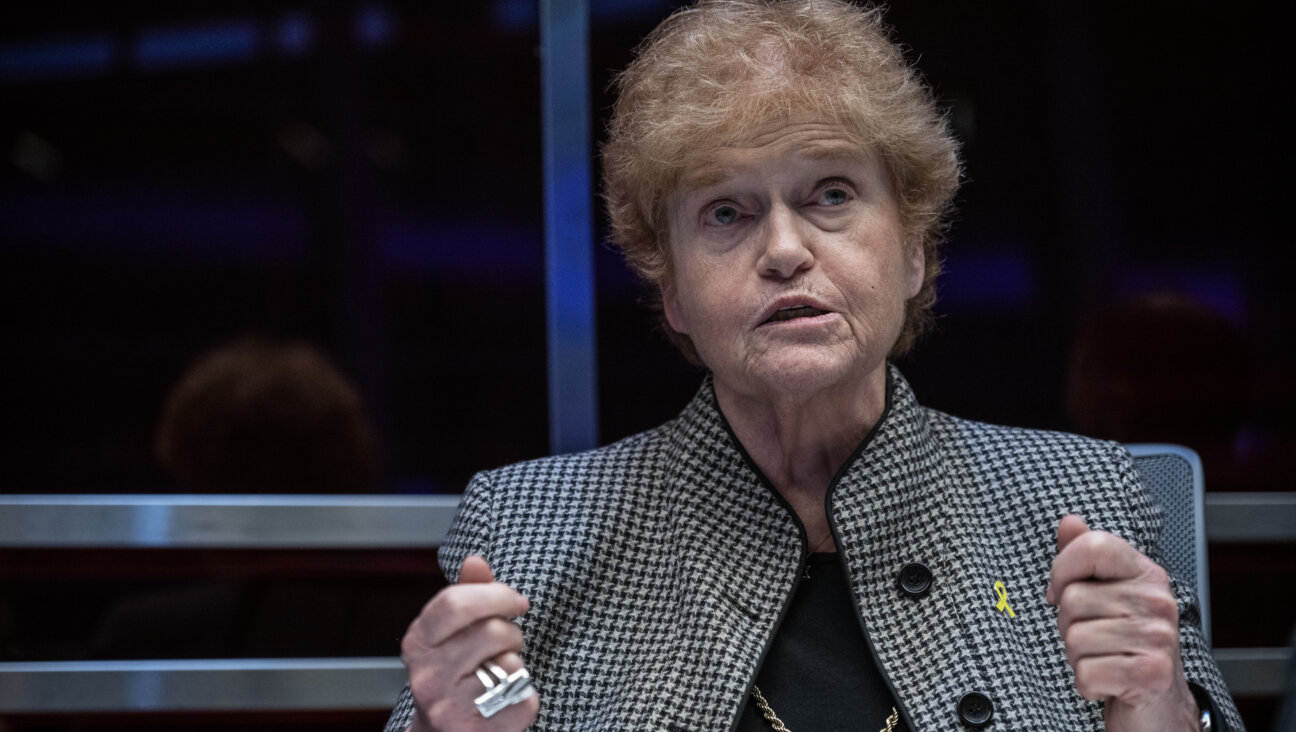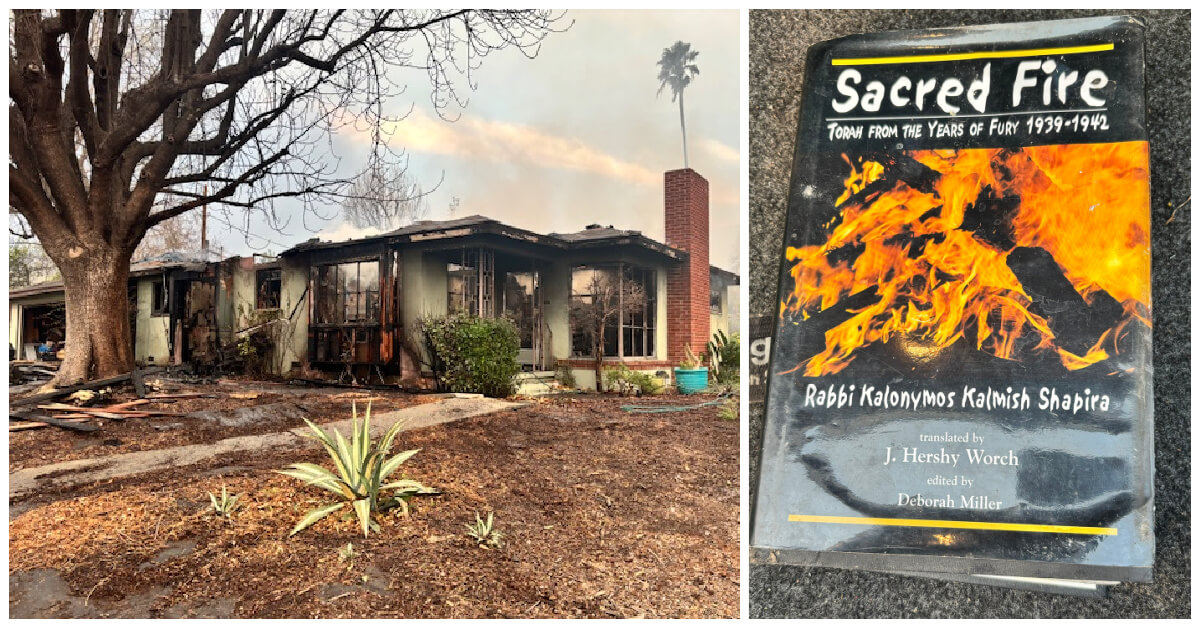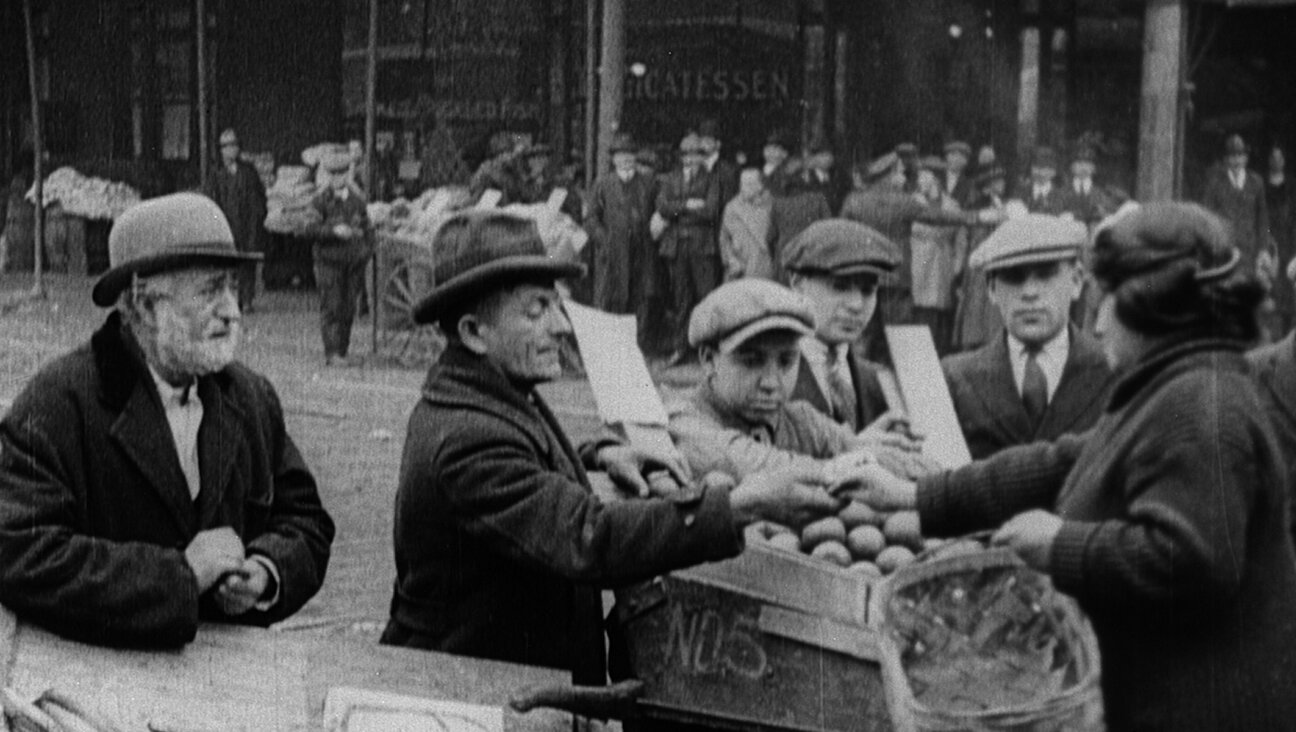Children of the Revolution
Great Neck
By Jay Cantor
Knopf, 703 pages, $27.95.
——-
During my undergraduate years at the University of Wisconsin in the mid-1970s, a rumor made the rounds about how the administration intended to restore calm to the turbulently radical campus: It was going to put an admissions quota on New York Jews. As far as I know, that plan was pure apocrypha, an urban legend, and yet it bespoke a certain truth. Not only in Madison but in all the centers of New Left activity, from Columbia to Berkeley, Jewish students played a disproportionate role in the civil rights and anti-war movements.
Such engagement came, historically speaking, as no surprise. The firebrand Jews of the 1960s, Abbie Hoffman and Todd Gitlin and countless others, arose both in homage to and rejection of the Jews of the Old Left, those kids from Depression tenements who debated Marx and Trotsky in the City College cafeteria. And in the aftermath of the Holocaust, the stakes of political engagement seemed to postwar Jews, at least the activists among them, as nothing less than moral standing and literal survival. The tragedy of the New Left is that such lofty motives fed not only the pursuit of social justice but a romance with “revolutionary” violence, violence that claimed innocent victims and discredited an honorable cause.
It is this fervent and anguished era that Jay Cantor inhabits in his sprawling, ambitious, worthy and unwieldy novel “Great Neck.” Cantor traces the intertwined lives of a half-dozen children of the Long Island suburb over two decades that stretch from their political awakening during the civil rights movement’s “freedom summer” of 1964 to the conviction of the most radical of them in a robbery-murder in 1982.
Across the capacious canvas of 703 pages, Cantor presents individual variations on the theme of the counterculture and its aftermath. Jeffrey Schell discovers his homosexuality through a chance meeting with Andy Warhol and explores it through the bathhouse scene until the first inklings of the AIDS epidemic. Jesse Kelman becomes a lawyer committed to defending death-penalty cases. Arkey Kaplan drifts from the leftist politics of his college years at Harvard to the reassuring routines of observant Judaism. Billy Green transmutes the group’s adventures into a series of comic books with a cult following. First among equals in Cantor’s ensemble is Beth Jacobs, whose passions carry her from the Students for a Democratic Society to the Weathermen and then to a cell of black revolutionaries.
For Cantor’s Jews, idealism is an inheritance. Billy imbibes the Holocaust as a patient of Beth’s father. Arkey reflects often on his socialist grandfather Abe — “part rabbi, part kindly Lenin, head of the fairy tale internationale based on Torah ethics” — and finds himself “tawdry” and “unenduring” in comparison. Some of the most piercing sentences of the novel describe Beth, by now convicted of murder of two men, telling her father during a prison visit, “What I did, Dad, is I worked to make justice for the oppressed. So there will never be another Auschwitz.” To which Leo Jacobs thinks to himself, “In what way could you possibly imagine that leaving two families without fathers would prevent another Auschwitz?”
With similar acuity, Cantor dissects the relations between left-liberal Jews and the African-Americans they saw themselves as championing. The same black maid who is a suburban housewife’s confidante comes under instant, unfounded suspicion when some silverware goes missing. In Cantor’s astringent version of “freedom summer,” black civil rights workers in Mississippi realize they need white volunteers not because of some grand commitment to transracial coalition but because they grimly recognize that it will take the shedding of white blood by Southern bigots to make the nation care.
In such moments, Cantor has realized his own artistic and political goals. From the outset of his own literary career — with the 1981 volume of essays “The Space Between” and the 1983 novel “The Death of Che Guevara” — Cantor has aspired to reconciling those seeming opposites of Jewish thought, Marx and Freud. Even in his more playful second novel, “Krazy Kat” (1988), Cantor managed to work in J. Robert Oppenheimer and the Manhattan Project alongside George Herriman’s famous comic-strip characters. Outside of Russell Banks, I cannot think of a contemporary white American novelist who has so consistently explored the intersection of the personal and the political.
So it feels almost like a betrayal to confess that I admired “Great Neck” more than I liked it. One can read a work of history about the New Left or the 1960s without having any expectation of being transported, of being almost palpably sucked into the past. A novel must do exactly those things, however, and “Great Neck” accomplished them only sporadically.
As richly as Cantor has imagined much of the material, the fiction of “Great Neck” rides closely, too closely for my taste, to fact. Cantor throws his narrative into motion when a college student named Frank Jaffe, the older brother of one main character and Beth’s boyfriend, is slain with a black colleague while registering voters in Mississippi. These interracial martyrs, like the actual Andrew Goodman, Michael Schwerner and James Chaney, are buried under a mud dam. Frank’s death launches Beth into a trajectory of increasingly violent dissidence that closely follows that of Kathy Boudin, who went from bomb-making with the Weathermen to participating in the Black Liberation Army’s lethal robbery of a Brinks armored truck. Cantor even has Beth bearing a mixed-race daughter named Nzinga, very much in the manner Boudin had a son, Chesa.
Reading “Great Neck” then, becomes at times a kind of parlor game of finding the real-life coordinates for the fictional people and events. There is SNCC renamed SNAP. There is Stokely Carmichael in the guise of Willard (Sugar) Cane, bearing the same West Indian roots and Bronx High School of Science pedigree. There is Fannie Lou Hamer, the civil rights crusader who famously said she was “sick and tired of being sick and tired,” slightly recast as Fannie Mae Carter. There is the notorious Army Math bombing in Madison, in which a physicist who opposed the Vietnam War was killed, transposed to MIT with a victim who is merely injured. The rabbi who helps inspire Frank to civil rights activism, Henry Waxman, happens to share the identical surname of a longtime Conservative rabbi in Great Neck, Mordecai Waxman. In addition to Warhol’s appearance in the book, Malcolm X, Herbert Marcuse and Arthur Schlesinger Jr. have cameos.
Stylistically, too, Cantor cannot resist a sleight of hand that detracts from the novel’s narrative force. There are too many forced puns along the lines of a patient lying “coma-toes-up in a hospital bed.” In a number of passages, Cantor flits back and forth between events themselves and Billy’s roman à clef retelling of them in his comic books. Sentence by sentence, Cantor is too inelegant a stylist to get away with this kind of postmodern trickery. There’s a fitful, arrhythmic quality to his prose, and it works against the flow of his story.
At its heart, I think, “Great Neck” wants to be politically informed, historical fiction on the order of E.L. Doctorow’s “Ragtime” or “The Book of Daniel.” But it simply cannot achieve the literary grace of those novels. Still, if one can set aside Cantor’s labored efforts to dazzle with style and device, “Great Neck” fairly bears comparison to James T. Farrell’s “Studs Lonigan” or Theodore Dreiser’s “An American Tragedy.” However unfashionable they are today, those books achieved a lurching cumulative power in spite of their awkwardness, and delivered piercing social criticism. So, for his own generation, does Jay Cantor.
Samuel G. Freedman, associate dean of the Columbia University Graduate School of Journalism, is the author most recently of “Jew vs. Jew: The Struggle for the Soul of American Jewry.”
A message from our Publisher & CEO Rachel Fishman Feddersen

I hope you appreciated this article. Before you go, I’d like to ask you to please support the Forward’s award-winning, nonprofit journalism so that we can be prepared for whatever news 2025 brings.
At a time when other newsrooms are closing or cutting back, the Forward has removed its paywall and invested additional resources to report on the ground from Israel and around the U.S. on the impact of the war, rising antisemitism and polarized discourse.
Readers like you make it all possible. Support our work by becoming a Forward Member and connect with our journalism and your community.
— Rachel Fishman Feddersen, Publisher and CEO






















